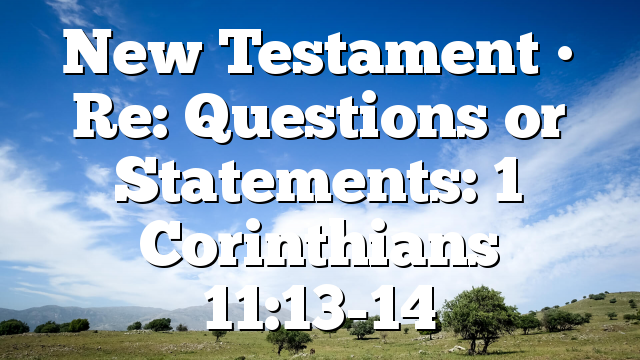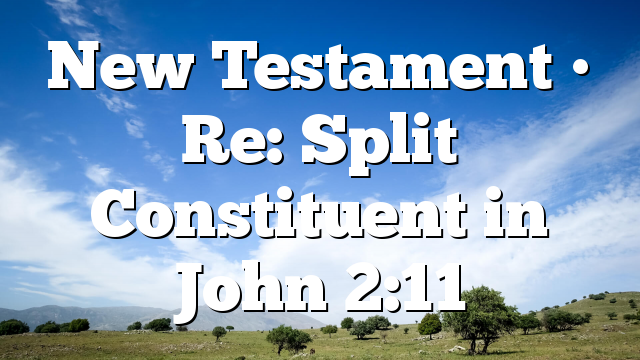Hi,
The grammar of this verse, especially in the variant that is currently in the critical text,
has been the subject of controversy for over 300 years.
1 Timothy 3:16 (AV)
And without controversy great is the mystery of godliness:
God was manifest in the flesh,
justified in the Spirit,
seen of angels,
preached unto the Gentiles,
believed on in the world,
received up into glory.
The Critical Text does not have “God was manifest”, the distinction is well known:
θεός – Received Text, almost all Greek mss
ὃς – Critical Text – a few Greek mss – translated variously
And I won’t go into the ECW and versional support since that involves also evaluating a 3rd variant:
ὃ – Codex Bezae, non-TR reading until Griesbach, supported by Grotius, Newton, Wetstein
adding complexity.
So we have the Critical Text, and check your Bibles for the wider section (which you may need for considering antecedents.)
3:16 (CT) καὶ ὁμολογουμένως μέγα ἐστὶν τὸ τῆς εὐσεβείας μυστήριον ὃς ἐφανερώθη ἐν σαρκί ἐδικαιώθη ἐν πνεύματι ὤφθη ἀγγέλοις ἐκηρύχθη ἐν ἔθνεσιν ἐπιστεύθη ἐν κόσμῳ ἀνελήμφθη ἐν δόξῃ
The history on this debate is very rich, a lot of fun to study, and little known. We are looking at that on Facebook forums the last week or so.
And the debate is complicated by the late 1800s development of the hymn (or confession or poem) theory for the verse. An idea that was mildly considered and often rejected … until it was kick-started by Fenton Hort. Once Hort gave his approval, the die was cast, and the theory remains very popular today in textual circles. And it is not my idea to discuss that theory here, however it would be remiss to raise the grammatical issue of the verse without mentioning the theory. The hymn theory says that the antecedent resides in the ethereal hymn and since it is a quotation, no proper antecedent has to be in the NT text for grammar solidity.
Now as to the grammar of the Critical Text:
As an example, Daniel Wallace has a number of comments on the grammar, including (emphasis added):
…1 Tim 3:16 most likely has an entirely different reason for the masculine relative pronoun—namely, because it is probably an embedded hymn fragment, there is no real antecedent. – Greek Grammar and the Personality of the Holy Spirit (2003)
Basically, I am wondering what you think of the grammar. And references you might want to share. The Critical Text is the question. Putting aside hymn theory, which is not really a b-greek discussion, since it goes outside the NT to a text unknown to complete the grammar components.
Hort talked of an “apparent solecism”. Metzger says that the text was changed from ὃς, which he considered the authentic autographic text, “to bring the relative into concord with μυστήριον”.
Your thoughts?
Thanks!
Steven Avery
Bayside, NY
Statistics: Posted by Steven Avery — June 15th, 2014, 9:55 am



